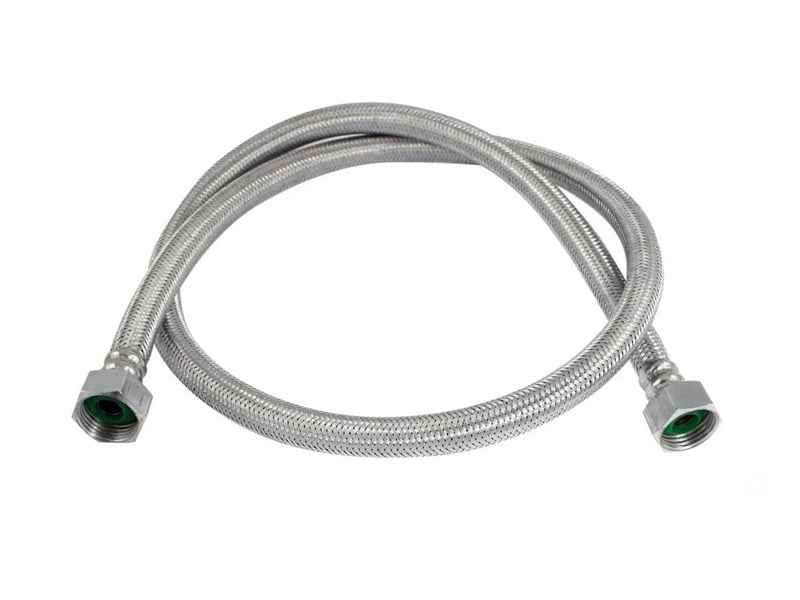1. Hose Structure: The design and structure of the hose can affect its temperature resistance. Hoses with thin or thick walls may have different capabilities to withstand different temperatures.
2. Material of Manufacture: 304-grade stainless steel is generally a material that can withstand high temperatures. However, other materials used in the hose and coating options can also influence temperature resistance.
3. Operating Conditions: The conditions in which the hose will be used can impact its temperature resistance. Continuous exposure to high temperatures or rapid temperature changes can affect the hose's performance.
4. Pressure and Stress: The pressure and stress that the hose operates under can influence its temperature resistance. The hose's ability to withstand pressure at high temperatures is also important.
5. Type of Application: Different industrial applications have different temperature requirements. Therefore, hose selection should be based on the specific type of application.
304-grade stainless steel typically performs well within a range of temperatures. However, the specific temperature resistance should be determined based on technical data provided by the hose manufacturer and the application conditions. It is important to communicate with the manufacturer and accurately specify your requirements for the specific temperature resistance of the hose.
